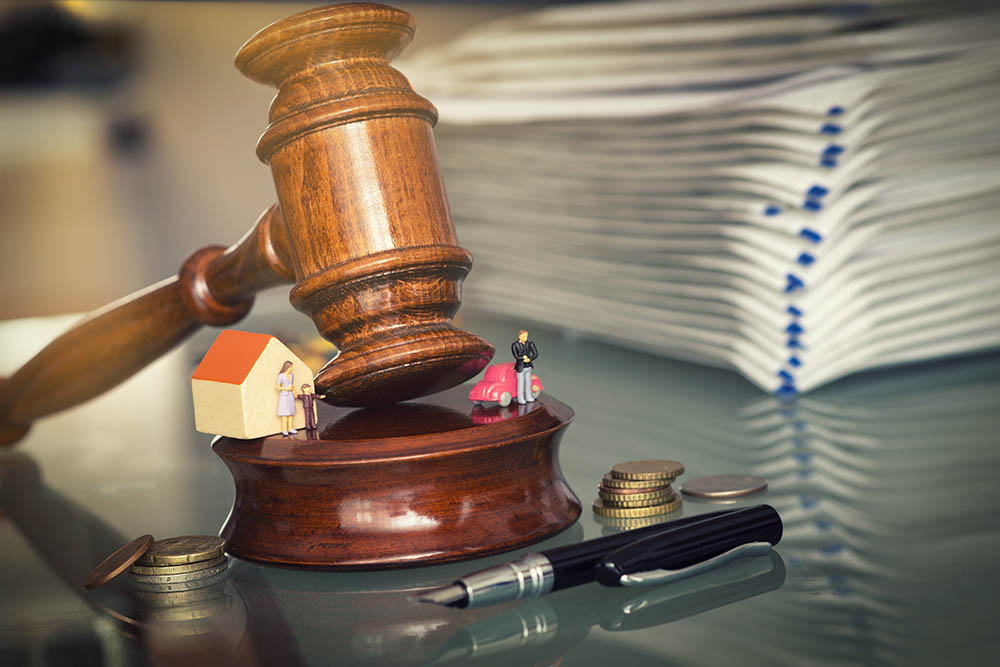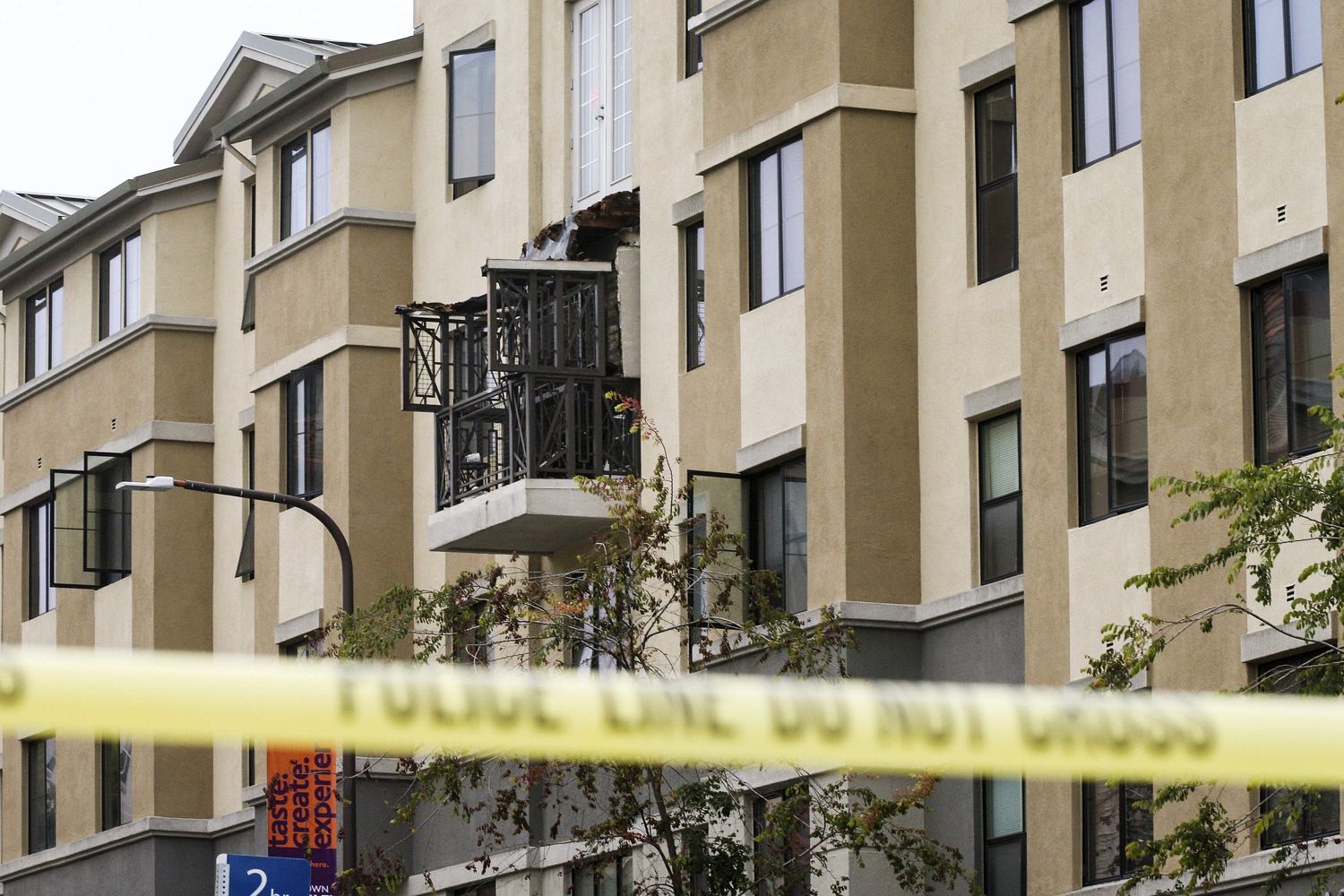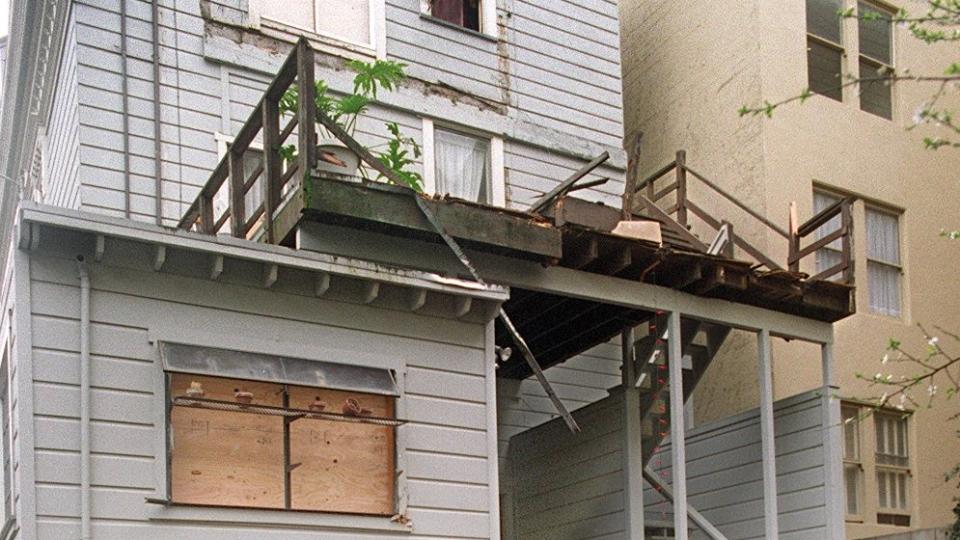Ready to schedule your Section 604 inspection? At DrBalcony, we specialize in providing thorough, reliable balcony inspections throughout California. Contact...
Read MoreUnderstanding SB326 & SB721: Changes in CA's Balcony Inspection Law

Unwrapping the Changes: SB326 & SB721 Balcony Inspection Laws in California
The winds of change have billowed through California’s legislative corridors, sending ripples across the realm of residential properties. A duo of laws – SB326 and SB721 – have been enacted, demanding a fresh perspective of homeowners, property managers, and HOAs alike.
Deciphering the Legislative Jargon: SB326
Picture this! As a homeowner or property manager, you’re casually flipping through your calendar when a sudden realization dawns upon you – it’s inspection time again. But wait a minute; things aren’t the same anymore. SB326 has made a grand entry!
SB326, or the Balcony Bill, requires periodic inspections of balconies and other raised structures in certain condominiums and HOA buildings to ensure their structural integrity and safety. The law was a reaction to the horrifying catastrophe that occurred in Berkeley in 2015 when a balcony collapsed, resulting in the death of 6 people.
In essence, this law is a nudge, reminding us all of the weighty responsibilities resting on our shoulders. It’s no longer ‘out of sight, out of mind’; it’s about taking proactive steps to prevent potential disasters.
Navigating Through the Maze: SB721
Just when we were starting to settle into the groove of the new norm brought about by SB326, along comes another player on the scene – SB721. Think of it as the sibling law to SB326, but with a slightly wider reach.
According to this legislation, a whopping 15% of all decks and balconies in apartment buildings and multifamily units must undergo inspection every six years. And get this, it’s not just limited to the ones labeled as “potentially hazardous”. Talk about stepping up the intensity, huh?
On the Flip Side: Implications of the New Laws
Does this sound like a lot to process? Sure, it does. But beneath the surface, these legislations bring peace of mind, knowing every measure is being taken to ensure your building stands tall and safe.
On the other hand, more expenses and obligations accompany the new standards. The cost of these inspections and any ensuing repairs must be budgeted for by homeowners, property managers, and homeowners associations.
The bottom line? It’s all about safety and longevity of structures, and these laws nudge us in the right direction.
Wrapping Up: The Road Ahead with SB326 & SB721
To wrap things up, SB326 and SB721 represent transformation – a step towards safer homes and communities. Yes, they may seem challenging now; after all, adjustments always rock the boat. But, as we navigate this new route together, our buildings will stand stronger, and so will we.
Q&A Time: Let's answer some common queries
Q1: What happens if I fail to comply with SB326 or SB721 inspections?
If you neglect the mandated inspections, substantial penalties could be levied against the property.
Q2: Can homeowners conduct their own inspections under these laws?
No, inspections must be done by a licensed structural engineer or architect.
Q3: How should inspections be documented?
Inspection results must be presented in a written report prepared by the licensed professional who conducted the inspection.
Similar Blogs
Section 604 Inspection Frequency: How Often Are They Required in SF?
This blog dives into the details of Section 604 inspection requirements, exploring how often they’re needed and what you should...
Read MoreHandling Non-Compliance After a Section 604 Inspection in San Francisco
Non-compliance after a Section 604 inspection can feel overwhelming, but it's important to address issues promptly to ensure safety, maintain...
Read More


